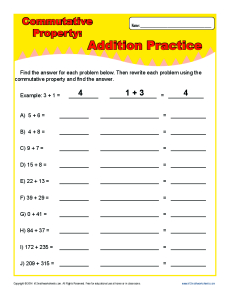
A Bayesian approach is used because of the complexity of the extended model and the need to incorporate future experiments. Under the assumption that the data are normally distributed (or can be suitably transformed) we extend such models to analyse data from sequences of experiments. Models with multiplicative interaction terms have been used for modelling heterogeneous interaction between assessors and products in individual sensory experiments. Such a combination of information over experiments is illustrated using a sequence of 45 apple-tasting experiments conducted with the main aim of monitoring assessor performance over time. By including future experiments in the extended models, it is also possible to use information on assessors’ previous performance to reduce the average variance of product differences in future. Because each assessor takes part in several experiments, adjustment can be made for the absence of individuals from some of them. This information can be extracted by extending models for individual experiments to encompass variation between them. The answer to an addition problem is called the sum. As a reminder: The symbol we use for addition is +. Answer to Solved THE QUESTION: Do a multiplicative forecasting model. When we subtract, we are taking away, or decreasing.

When we add, we are combining, or increasing. The data from such a sequence of experiments contain information on the relative biases and variability of individual assessors, and on any temporal influences on the experiments. Addition and subtraction are simply the mathematical terms used to describe combining and taking away.

Consider the situation in which several quantitative sensory experiments are carried out on the same type of product, and the assessors in these experiments are drawn from a common pool.


 0 kommentar(er)
0 kommentar(er)
